Conifers are commonly chosen as decorative elements in many gardens. This should come as no surprise, as they stay green throughout the year, giving your garden an attractive appearance even in winter. To make the most of their natural charm, you should know how and when to prune them. Read this article to find out basic information on how to look after bushes and conifers in your garden.
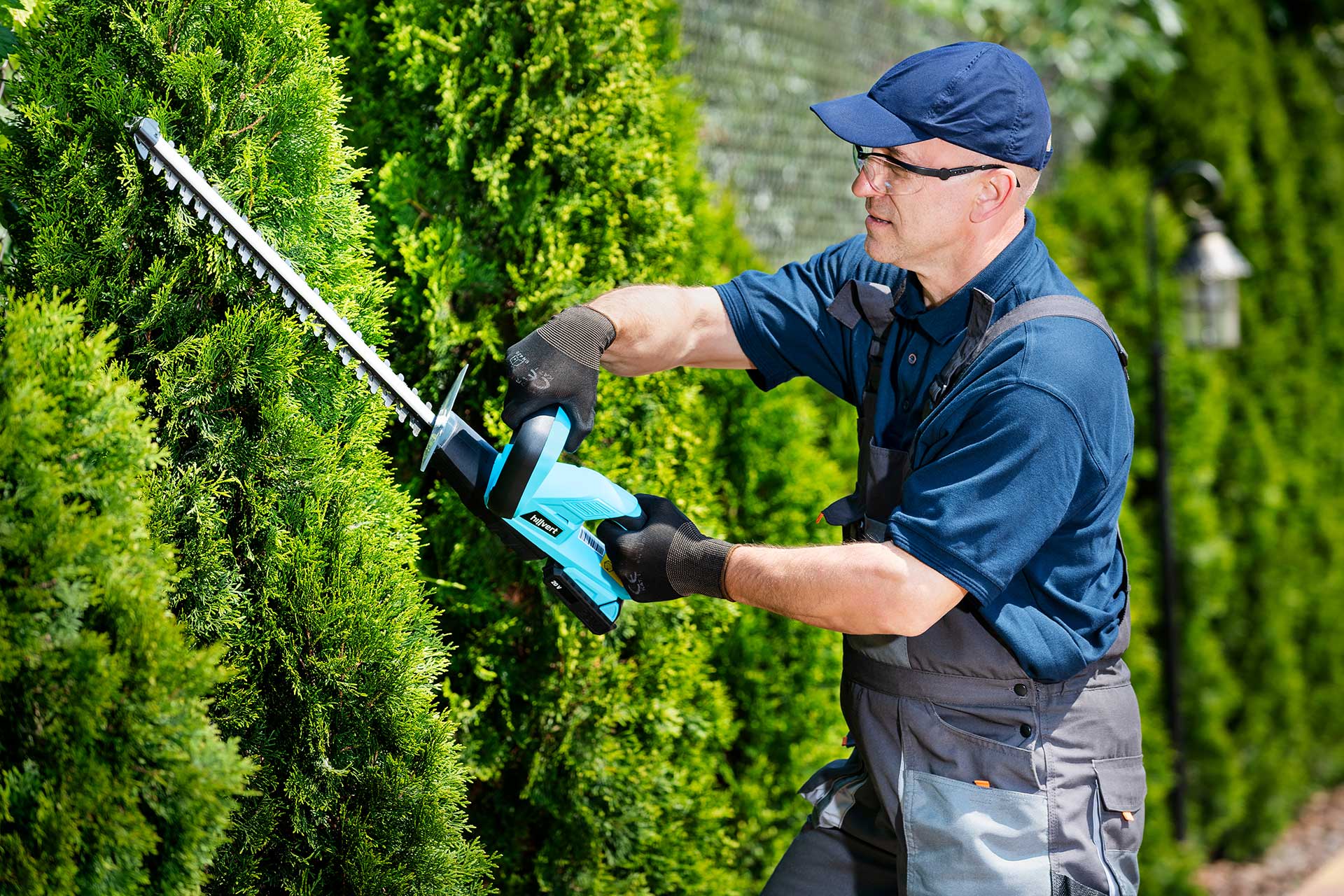
Conifers are commonly chosen as decorative elements in many gardens. This should come as no surprise, as they stay green throughout the year, giving your garden an attractive appearance even in winter. To make the most of their natural charm, you should know how and when to prune them. Read this article to find out basic information on how to look after bushes and conifers in your garden.
Reasons for pruning and trimming conifers
Conifers should be pruned for several reasons, although there are usually three main reasons – form, size control and health. What do they involve?
Form
The most common reason for trimming conifers is to give them even and well-groomed shapes. This is mainly about removing the shoots that grow excessively and spoil the overall appearance of the bush. Conifers are usually cone, sphere or oval shaped, but you will also come across other fancier or more complicated shapes such as spirals, or even resembling animals.
Size control
Size control pruning covers getting rid of dead and withered shoots, which then stimulates the plant to grow and thicken. Bear in mind that side pruning can harm most conifers, so it is best to limit size control cutting to the top. An exception are yews.
Health
This type of pruning is done in order to look after the health of conifers and other bushes. Weak and withered shoots attacked by fungi, diseases, pests or frost are removed. These branches are usually unable to regenerate and can infect the rest of the plant.
The best time to prune conifers
Choosing the right time to prune conifers is very important not only for their shape, but also their health. Knowing when to prune them will protect them against diseases or the harmful effects of frost.
The first pruning should be done in the first season after planting them. The best time is early spring, which is the time for health pruning. For some species you can do form pruning (yew, juniper, cedar and cypress) and stimulating tillering (pine, spruce and fir trees) by cutting half the length of young shoots. Remember to do pruning during warmer and more moderate weather.
The second pruning of the season should be at the end of spring or the beginning of summer. The current year’s shoots should be shortened by one-third or half of the length of the growth. This treatment mainly concerns yew, fir trees, juniper, cedar, and cypress.
The third and last pruning of the season should be made at the end of summer, in the second half of August or at the beginning of September, if the weather was not suitable at the beginning of this period. This stage of maintenance mainly comes down to making adjustments and shortening the new shoots, preparing the plant for lignification before the first frosts. This is best done on a warm and dry day.
Under no circumstances should you prune conifers in autumn! During this period, there is a very high risk of disease, parasites and fungi appearing on fresh shoots.
How to cut cedar and other conifers
As a general rule, when pruning conifers only shorten the shoots as much as necessary. Cutting off too much will affect the growth of the entire plant, and you will have to wait a long time for the shoots to grow back. Cutting off not enough, on the other hand, may not give you the desired effect.
When pruning, take into consideration the direction in which the branches are growing. If it is at an angle, then you should prune them perpendicular to the orientation of the shoot. In the case of shoots growing upwards, you should cut them diagonally. As a result, water will flow more freely down the conifer and reach the ground faster.
Obtaining a specific shape of the plant also depends on how you prune it. Cutting off the top of a shrub or tree will make the branches grow sideways, as a result of which the entire tree will grow wider in the following seasons. However, pruning the sides will lead to tall, soaring trees. To get fancy shapes you should use wires and nets to form the tree according to your chosen design.
But be careful during such maintenance. This applies to both your safety and that of the plants. If you need to trim shoots that are already woody and large, remember to cover the area with pruning paint, which will prevent the growth of fungi. When cutting off sick shoots, garden tools should be decontaminated beforehand with a 5% alcohol solution.
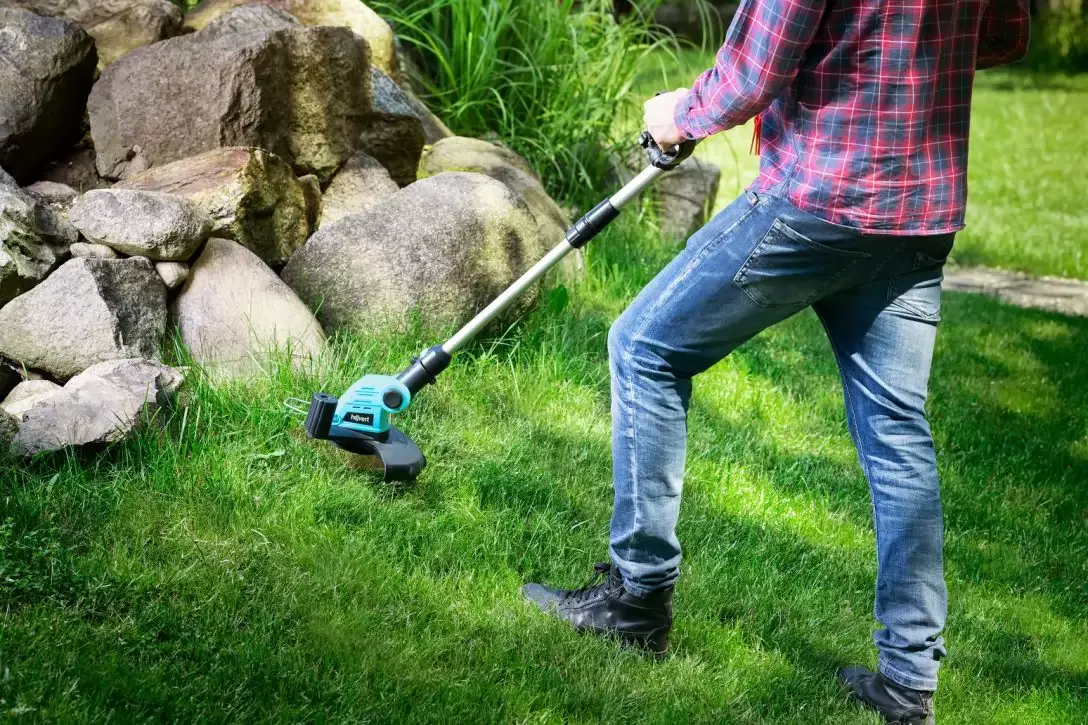
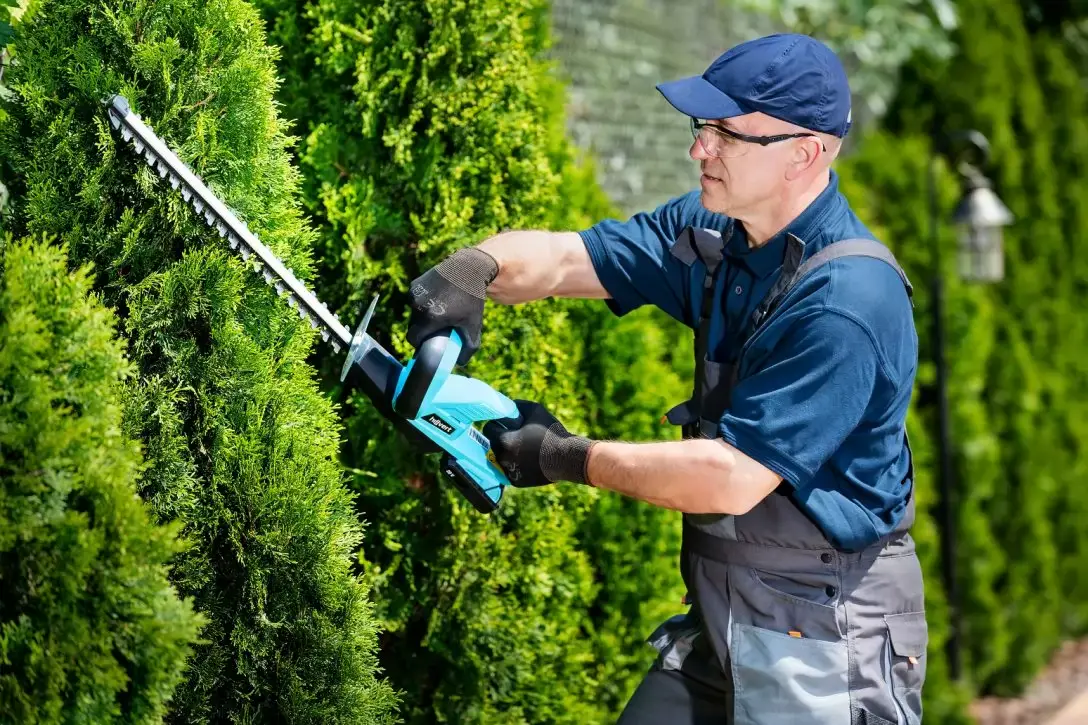
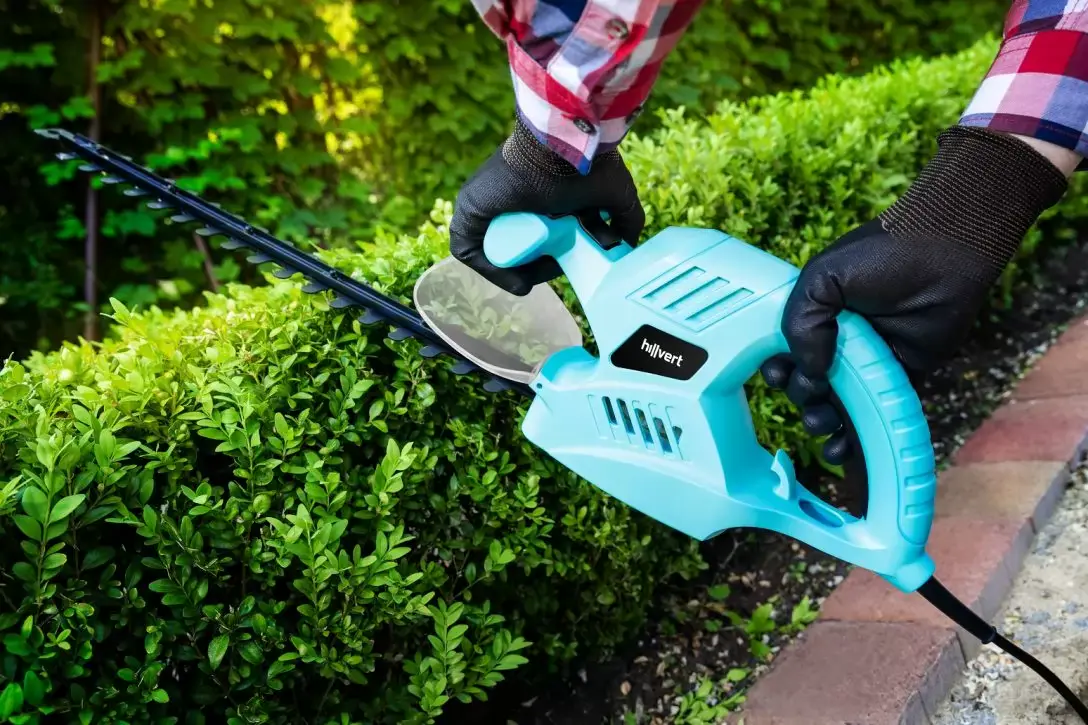
Pruning a conifer hedge
Hedges are an excellent alternative to traditional fences. Their dense structure effectively insulates from noise and provides you with more privacy. Hornbeam hedges are quite popular, but conifers such as cedar or yew will also let you create a beautiful green wall around your garden. You should remember to prune them appropriately.
As in the case of stand-alone bushes, regular attention is also necessary in the case of hedges. Otherwise, individual plants will grow excessively and it will be impossible to restore them to their original form, and as a result the hedge will lose its appealing look.
The first pruning of conifers should take place in spring, so that the plants can recover quickly. They should then be shortened by 8-12 inches, in order to stimulate them so that they become denser at the bottom. Later on, the hedge should be trimmed at least once a year around March/April. New shoots should be shortened to a length of 1-12 inches, depending on the type of plant and the frequency of pruning during the season. The last pruning of conifers should be done before autumn.
The best shape for a hedge is trapezoidal. This provides the plants with equal access to sunlight at all levels, which reduces the risk of needle discoloration, meaning that the colour should remain the same along the entire length of the hedge.
Always start by pruning conifer hedges from the sides. If you use electric trimmers, it is best to trim from the top to the bottom of the bush, in order to cut off the bits that stick out the most. Then lead the trimmer back up the same fragment. When trimming the top, hold the trimmer horizontally moving it in a semi-circular motion from side to side. This will let you achieve an even line. You can also mark the length to be trimmed using string, in order to have better control over the desired length.
Necessary tools for pruning conifers
You will need the right garden tools to properly prune conifers. Manual hedge trimmers and secateurs are a basic must-have, and are used to precisely cut shoots to a desired length. They will come in handy for making minor adjustments and pruning individual shoots. Electric and petrol hedge trimmers, on the other hand, will make your work more efficient. Their long blades enable even cuts in a straight line, and let you trim a large areas in a short time. Chainsaws will come in handy for thicker and heavier branches.
After you have finished, make sure you get rid of all the fallen shoots and bushes on the ground. Depending on the size of your garden and the amount of pruning you have done, leaf blowers can be more effective than traditional raking. Their strong air current will let you push the cut-off remains in a certain direction, e.g. closer to the composter. You can also re-use larger branches in your garden. Wood chippers will come in handy here to transform the branches into shavings and wood chips, which you can use as a surface mulch for other plants in your garden.
When to prune conifers – summary
How and when to prune conifers is very important if you want a neatly looking garden around your house. Regular pruning is essential, thanks to which you will achieve not only the right shape of bushes and hedges, but will also help them stay healthy. Also remember that form, size control and health pruning should be done at specific times during the year in order to obtain the best results.
By following the tips in our article you should be able to achieve the best results in your garden. If you are interested in more gardening inspiration, read our article on how to build a rockery in your garden.

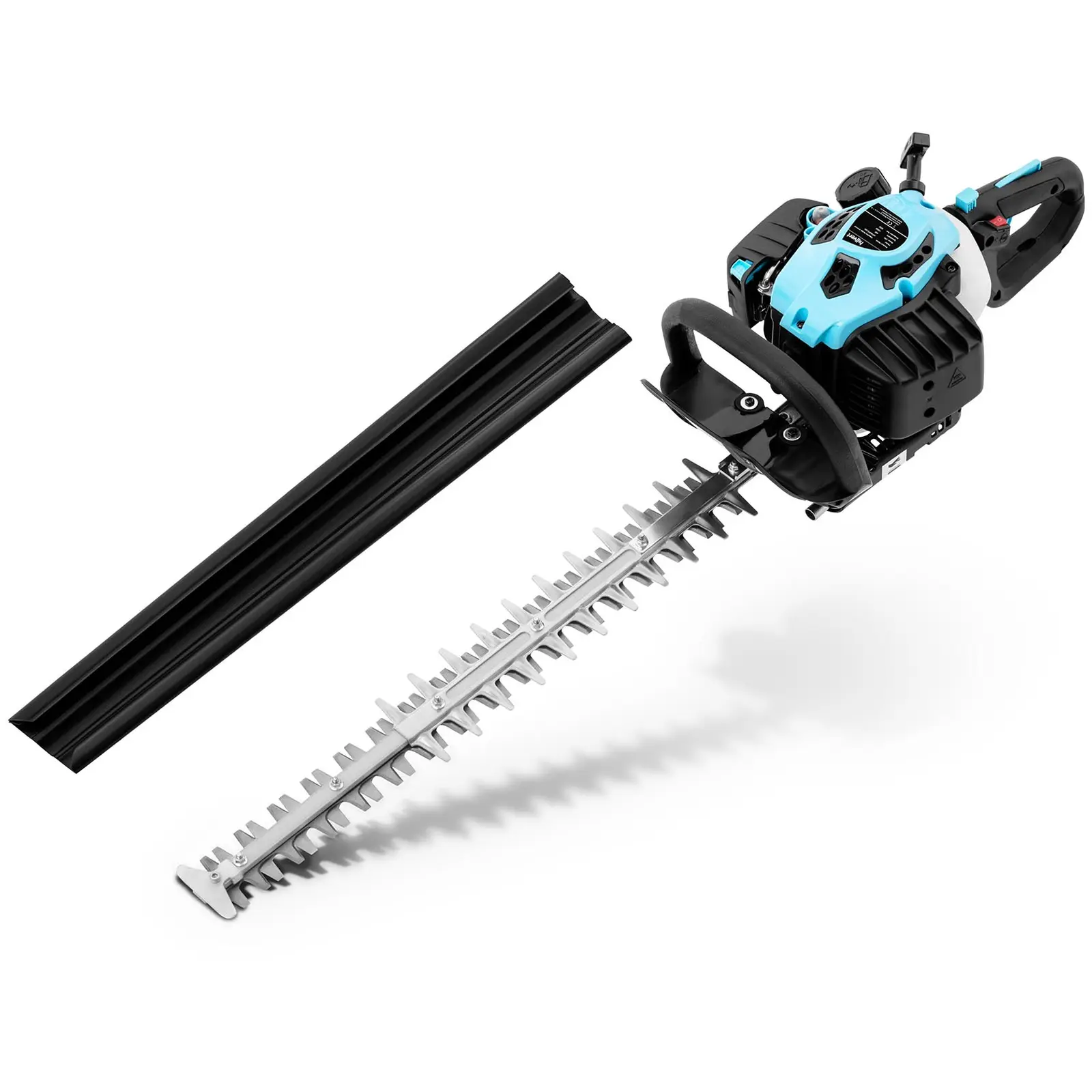
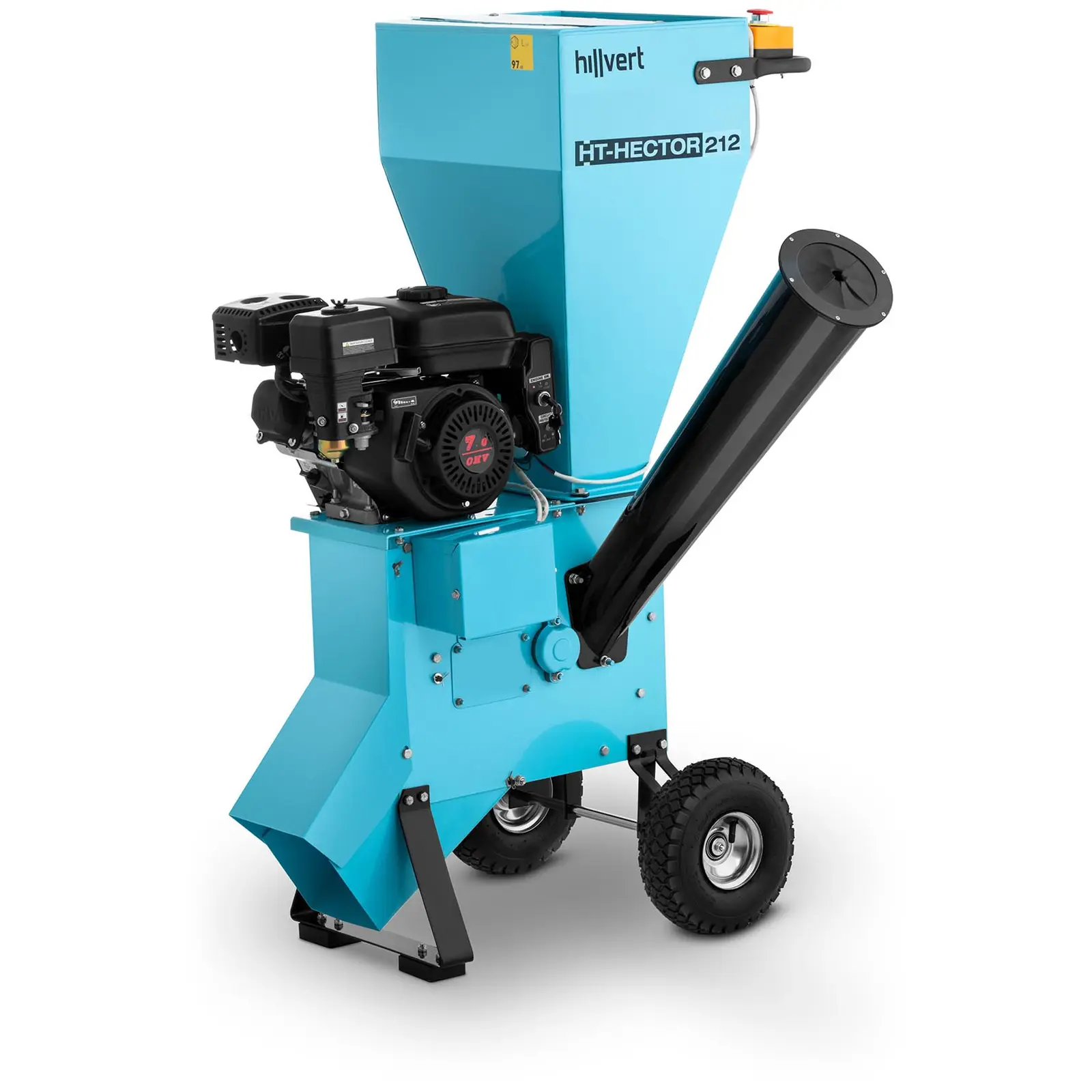
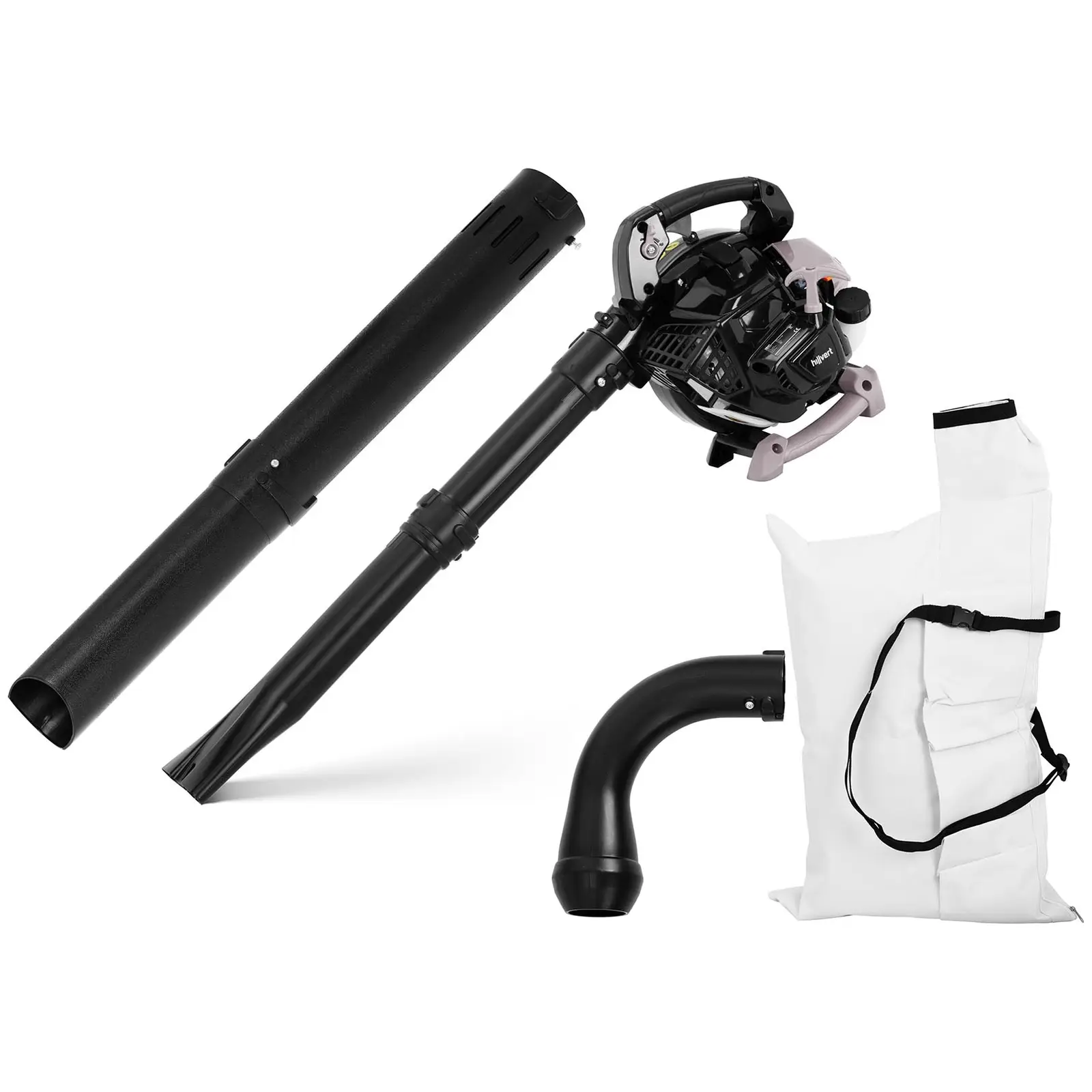
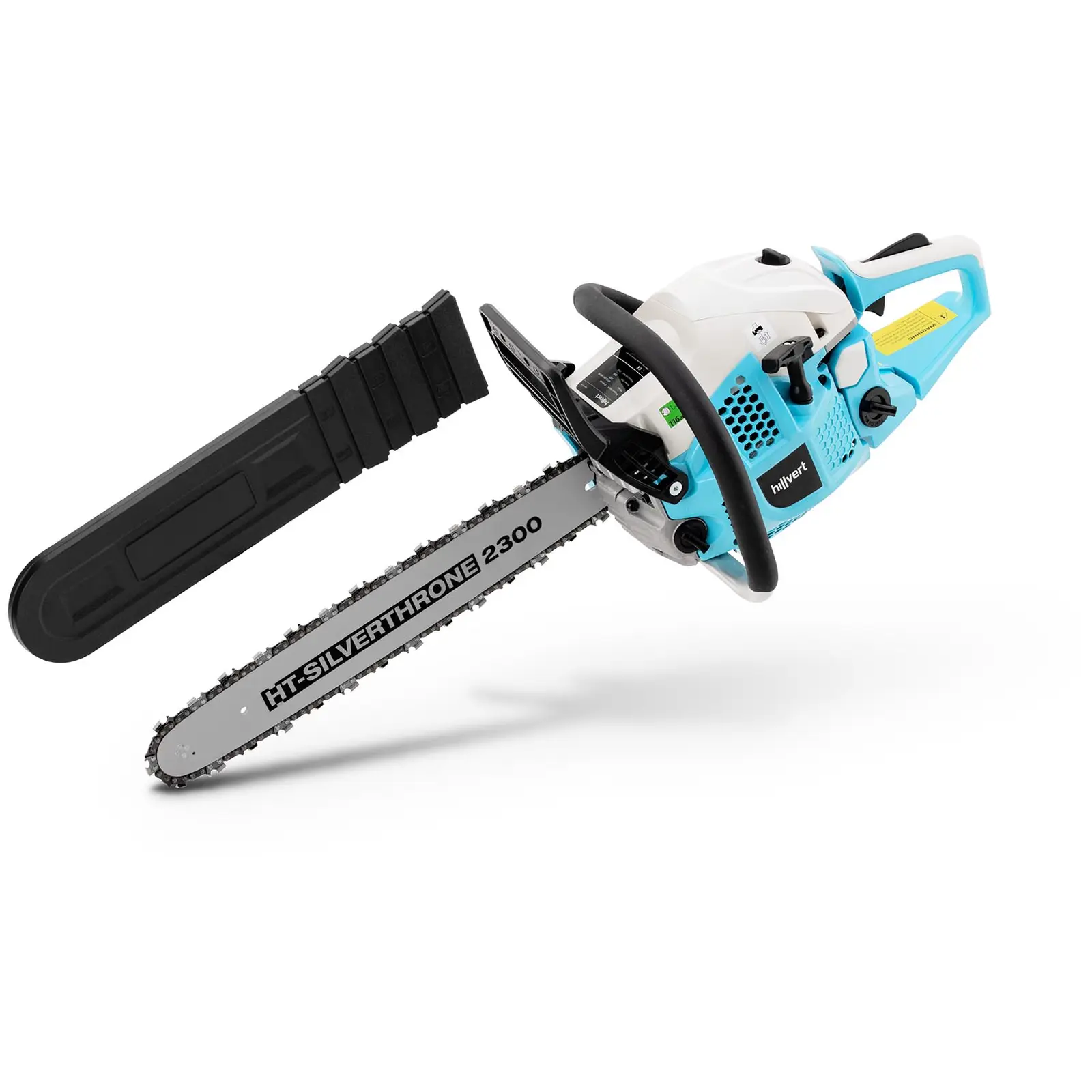





Share